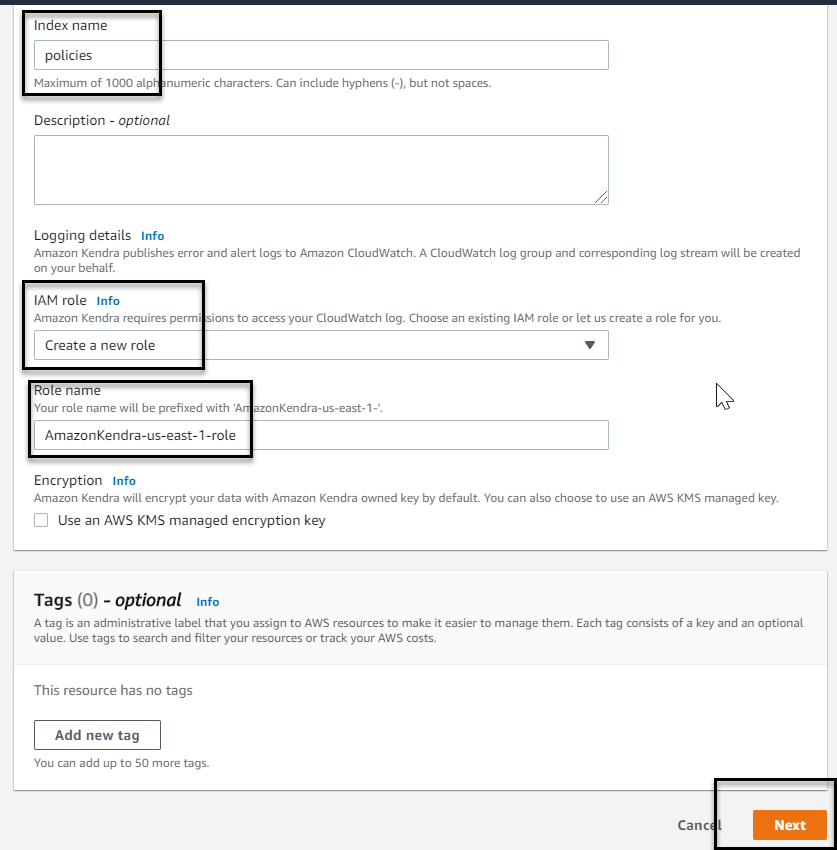Hey there!! When creating bots, there’s a constant urge to make them smarter. But to do this, we often end up creating a lot of intents so that we’re able to provide a wide variety of responses. That’s a tedious task, one that often leaves developers perplexed. Very often than not, we end up creating a web of intents to cater to flows which become unmanageable over time.
So now, think about a bot where you would have a limited set of intents for very specific purposes (greetings etc.) and then an intent that would serve any non-specific utterance. So if a user said ‘Hi’, the bot would respond with a ‘Hello, how can i help you?’ but when a user asks ‘How many types of leaves does the company allow?’, the bot serves a specific answer or an excerpt from a policy document. And all this can be done in natural language, which means you don’t have to use the exact sentence that you fed to Kendra.
This would make your job as a developer very easy. You could feed Kendra with a variety of data and then use it to serve different types of answers.
Kendra:
So what is Kendra? It is an enterprise search service powered by machine learning. It has natural language search capability and supports both structured and unstructured data. Which means that you can work with specific FAQ type data or contextual answers.
What’s new in Lex:
Aws has published a new built-in intent which makes it very easy to integrate Kendra with Lex.
So why wait, lets begin by setting up Kendra:
Go to your Kendra dashboard and begin by creating an index


#chatbot-development #amazon-lex #chatbots #enterprise-search #amazon-kendra
